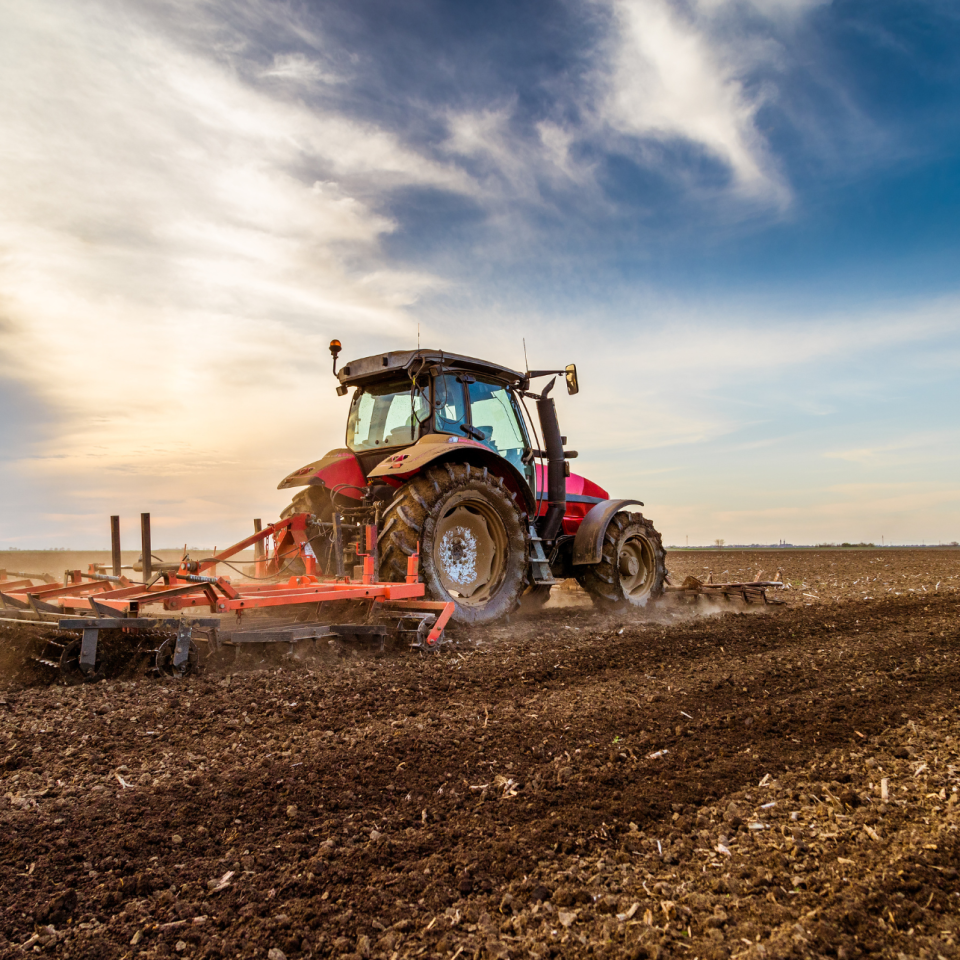
As temperatures rise, you might be contemplating whether it’s the right time to start your work. As you gear up for the spring planting season, ensure a successful and productive growing season by following this comprehensive checklist.
Spring Preparations Checklist For Your Farm
Field Assessment and Prep:
- Evaluate soil conditions: Avoid working the field when it’s too wet, as excessive tillage can lead to compaction issues. Use a penetrometer to assess soil compaction.
- Conduct soil testing: Analyze soil nutrient levels and pH to tailor your fertilization plan accordingly.
- Check drainage systems: Ensure proper field drainage to prevent waterlogging, which can adversely affect plant growth.
Seed Selection and Inventory:
- Verify seed quality: Check for germination rates, disease resistance, and seed vigor. Dispose of any damaged or compromised seeds.
- Cross-reference planting plan: Match selected hybrids and varieties to specific fields based on agronomic considerations, including soil type, fertility, and crop rotation.
- Review seed treatment options: Assess the need for seed treatments such as fungicides or insecticides to protect against early-season threats.
Planter Inspection and Calibration:
- Thoroughly inspect the planter: Check for worn-out components, lubricate moving parts, and replace any damaged or malfunctioning elements.
- Calibration check: Calibrate seeding rates to ensure accurate planting. Pay attention to spacing and depth to promote uniform emergence.
Planting Management:
- Optimal planting conditions: Wait for suitable soil temperatures and moisture levels to promote rapid and uniform germination.
- Monitor planting depth: Adjust planting depth based on soil conditions and seed specifications. Shallow planting can lead to poor root development, while deep planting may result in delayed emergence.
- Maintain proper row spacing: Ensure consistent row spacing to maximize sunlight exposure and optimize plant growth.
Weed Management Strategies:
- Identify weed species: Survey fields for prevalent weed species and tailor your weed management plan accordingly.
- Resistant weed considerations: Implement diverse modes of action and integrated weed control methods to combat resistance issues.
- Crop-selective herbicides: Choose herbicides compatible with selected seed hybrids and varieties to prevent crop injury.
- Monitor and adapt: Regularly assess weed pressure throughout the season and adjust management strategies as needed.
By diligently following this spring preparation checklist, you’ll set the foundation for a successful growing season, maximizing yield potential, and ensuring the health of your crops. If you have any specific concerns or questions, feel free to reach out to Sylvite Agri-Services for personalized guidance.